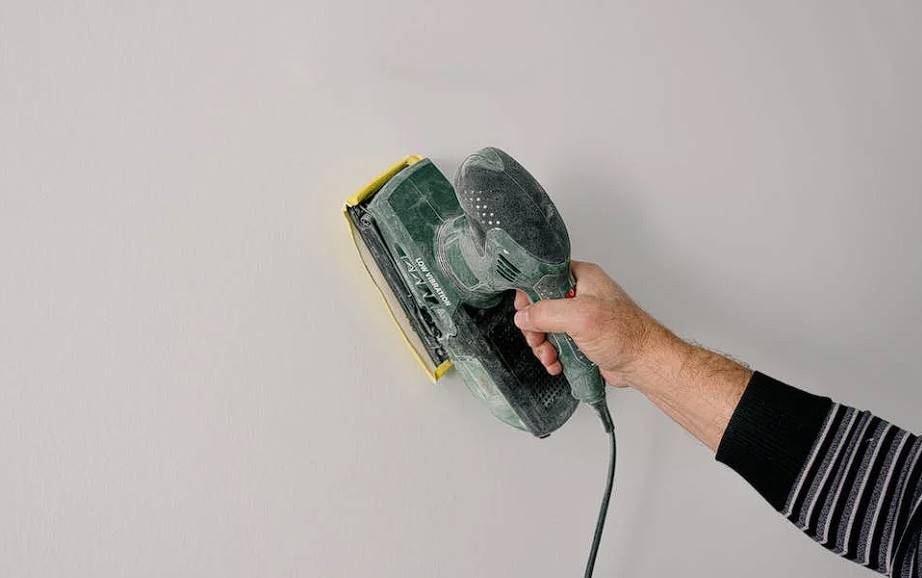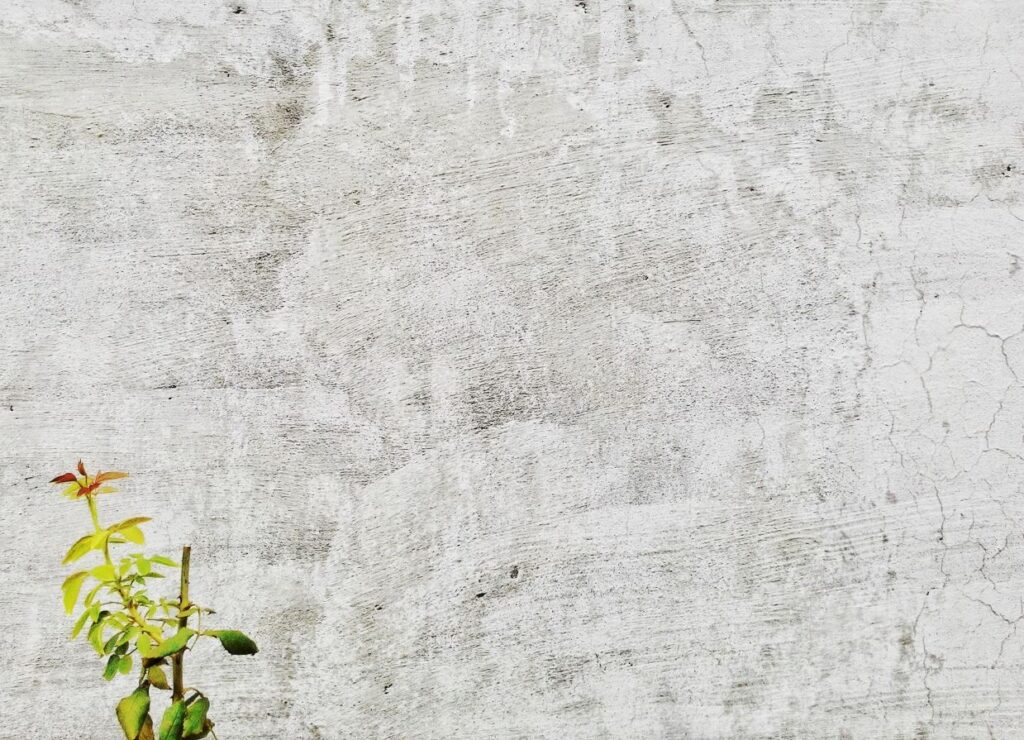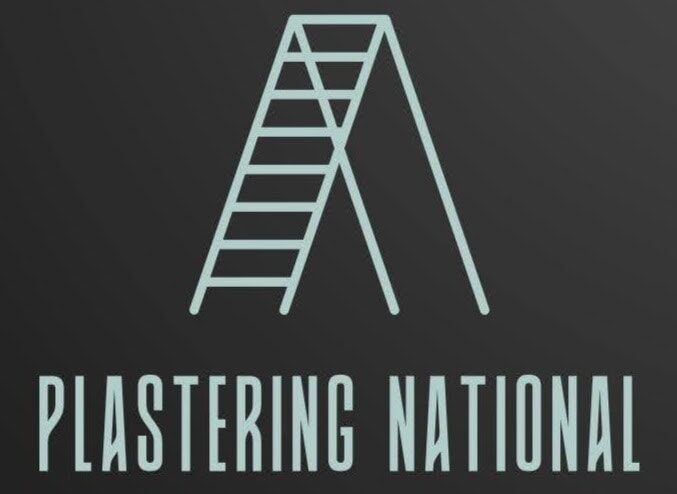Getting into the plastering trade or upgrading your existing tools requires careful consideration of various factors. Whether you’re a professional plasterer or a DIY enthusiast, selecting the right plastering tools is essential for achieving a smooth, high-quality finish.
Plastering, an ancient technique used for interior and exterior finishes, relies on a wide range of specialised tools to ensure efficient and precise work.
This guide will walk you through the key considerations when choosing plastering tools and help you avoid common pitfalls.
Let’s examine the different types of plastering tools, how to choose the right ones, and the mistakes to avoid when purchasing them.
Let’s get straight to the point.
When choosing plastering tools, consider key factors such as frequency of use, material quality, budget, ergonomics, and experience level. Essential tools include trowels, floats, jointing knives, and plasterer’s hawks made from materials like stainless steel or plastic.
Invest in durable tools for professional results, but avoid prioritising cost over quality. Consider common mistakes, such as buying too many tools or not researching the best options.
Comfort is important, so opt for ergonomically designed tools to reduce strain and improve efficiency. Ultimately, choosing the right tools ensures a smoother plastering process.
Types Of Plastering Tools
Plastering has evolved over the centuries, but the fundamental tools remain crucial to achieving a perfect finish. Below are some essential plastering tools:
- Bucket Trowel: A square trowel removes excess mortar from bucket edges and is useful for spreading and levelling mortar.
- External Corner Trowel: This tool is ideal for plastering the corners and edges of walls, ensuring smooth, even coverage.
- Internal Corner Trowel: Used for feathering and smoothing the inside corners of walls.
- Float: A flat, smooth tool with a handle that helps to level the plaster surface. Floats are made of various materials, such as metal or wood, and are designed for different types of plastering work.
- Jointing or Taping Knife: This wide-bladed tool applies compound to drywall seams and joints. It comes in various sizes for different tasks.
- Support Prop: These hold plasterboards in place, particularly on ceilings, making installation easier.
- Small Tool: A pointed tool with a trowel at one end and a square profile at the other, used for intricate work and applying materials like mortar.
- Plasterer’s Hawk: A flat, square board with a handle underneath used to hold a portion of plaster for easy access while working.
Additional Tools
- Plasterboard Lifter: An aluminium tool that raises and positions plasterboards, making installation faster.
- Plasterer’s Stilts: Designed to reach high surfaces without using scaffolding.
These tools are the backbone of any plastering project, and selecting the right ones can significantly improve efficiency and outcome.
Factors To Consider When Choosing Plastering Tools
1. Frequency Of Use
Before purchasing plastering tools, consider how often you’ll use them. If you are a professional plasterer, your tools must be durable enough to withstand daily use. High-quality materials like stainless steel and high-carbon steel are often the best options.
For occasional use, lightweight and rust-resistant tools might be more appropriate.
2. Material
The materials used to manufacture plastering tools can affect their performance and durability. Here’s a breakdown of popular materials:
- Stainless Steel: Known for its durability and rust resistance, stainless steel is a good choice for long-term use.
- High-Carbon Steel: This is stronger than stainless steel and better suited for heavy-duty work. However, proper care is required to prevent rusting.
- Plastic: While not as strong as steel, plastic tools are lightweight and easy to handle, making them ideal for occasional use or for those who need lighter tools.
3. Experience Level
Your level of experience also plays a role in choosing the right tools. Beginners may find lighter, easier-to-handle tools, such as those made from plastic or lightweight metals, more manageable.
Experienced plasterers may prefer the precision of steel tools, which allow for more control and finer finishes.
4. Desired Outcome
The quality of your finish is directly related to the quality of your tools. Investing in durable, efficient, high-quality tools is important if you want a professional-grade finish.
For example, flexible trowels from high-quality materials can help prevent warping and ensure an even, smooth finish.
5. Budget
While high-quality tools are an investment, balancing price and quality is important. You don’t necessarily need the most expensive tools, but it’s important not to sacrifice quality to save money. Consider tools as an investment in your work.
Lower-quality tools may save you money upfront but could cost you more in the long run due to frequent replacements or poor performance.
6. Ergonomics
Comfort is key when working with plastering tools, especially for long periods. Ergonomically designed tools reduce strain on your body and improve overall efficiency.
Look for comfortable handles and balanced weight distribution tools to reduce fatigue and discomfort.
Improving Your Plastering Equipment
Plastering is an equipment-light trade, but having the right tools can make a huge difference in your productivity and the quality of your work. Here are some tips to improve your plastering tool collection:
1. Budget Wisely
Consider how much you can spend on tools and plan your purchases accordingly. If you’re starting, invest in the essentials first and upgrade as needed.
Quality tools can save you time and money in the long run.
2. Have A Backup Plan
Even high-quality tools can break. A backup plan, such as a spare set of essential tools, ensures you can continue working without interruption.
3. Incorporate Tool Costs Into Your Rates
When pricing your work, factor in the cost of tools and potential upgrades. This will ensure that your business remains profitable and well-equipped.
4. Prioritise Upgrades
Not every tool upgrade is necessary. If your current tools are working well and you’re not experiencing any issues, there’s no need to rush into buying new ones.
Only upgrade when it makes sense for your work style and needs.
5. Trust Recommendations
Seek advice from other plasterers or industry professionals. If a particular tool consistently receives positive feedback, it’s likely a worthwhile investment.
Avoiding Common Mistakes When Buying Plastering Tools
1. Prioritising Cost Over Quality
One of the most common mistakes when purchasing plastering tools is focusing solely on cost. While sticking to a budget is important, choosing tools based purely on price can lead to inefficiency and frustration.
Always balance cost with quality to ensure you get tools that will perform well and last.
2. Failing To Verify Compatibility
Ensure that the tools you buy are compatible with the materials you’ll be working with. Using the wrong tool for a particular job can lead to subpar results and wasted time.
3. Not Researching
Many people rush into purchasing tools without fully understanding their project’s requirements. Take the time to research which tools are best for your specific needs, and seek advice from experienced plasterers when necessary.
4. Buying Too Many Or Too Few Tools
Finding the right balance is crucial. Too many tools can clutter your workspace, while too few can leave you unprepared.
Before purchasing, assess the project and create a checklist of the essential tools you’ll need.
5. Ignoring Ergonomics
Plastering can be physically demanding, and using poorly designed tools can make the job even more difficult. Choose tools with ergonomic features, such as comfortable handles and balanced weight distribution, to ensure you can work efficiently without unnecessary strain.
Conclusion
Plastering is a skilled trade that requires the right tools for the best results.
Factors like frequency of use, materials, experience level, and ergonomics must be considered when selecting plastering tools.
Investing in quality tools not only improves the efficiency of your work but also ensures a professional finish.
By carefully considering your needs and avoiding common purchasing mistakes, you can confidently equip yourself with the tools necessary to complete any plastering project.
FAQs About Plastering Tools
What Types Of Plastering Tools Are Essential For A Beginner?
For beginners, essential plastering tools include a trowel for applying plaster, a hawk for holding the plaster, and a joint knife for smoothing and finishing. A mixing paddle for preparing plaster mixtures and a utility bucket are also crucial for a novice plasterer.
How Important Is The Material Of The Plastering Tools In The Buying Decision?
The material of plastering tools is vital as it directly influences durability and performance. Stainless steel tools are preferred for their rust resistance, while high-quality plastic or rubber handles provide a comfortable grip. For optimal results, consider tools made from materials that are both durable and easy to clean.
What Size Trowel Should I Choose For Different Plastering Projects?
The size of the trowel depends on the scale of the project. A 6—to 8-inch trowel is suitable for smaller projects or detailed work. Larger projects may require a 10—to 12-inch trowel for more coverage. Multiple sizes are advisable to accommodate various plastering needs.
Are Electric Plaster Mixers Better Than Manual Ones?
The choice between electric and manual plaster mixers depends on the scale and frequency of your projects. Electric mixers offer efficiency for larger projects, saving time and effort. However, manual mixers can be cost-effective and easy to handle for occasional use or smaller tasks.
What Safety Features Should I Look For In Plastering Tools?
Safety is paramount when working with plastering tools. Look for tools with ergonomic designs to reduce strain on your hands and wrists. Trowels with finger guards, secure grips, and durable materials create a safer working environment. Always prioritize tools that meet industry safety standards for optimal protection.



